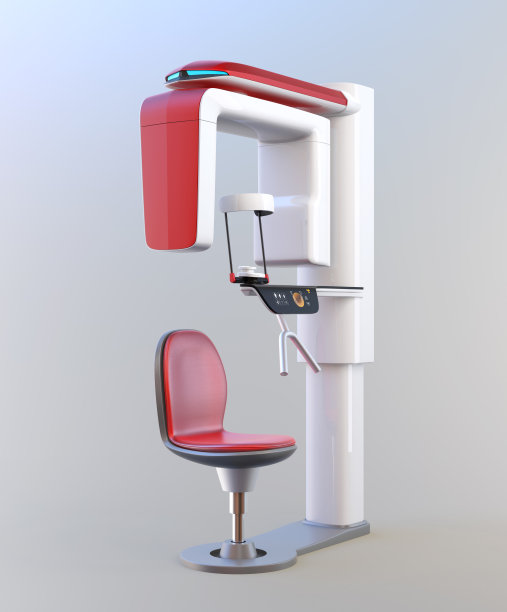Essential Pre-Treatment Guidelines to Ensure a Safe and Effective Root Canal Procedure
Summary: Root canal procedures are often necessary for preserving a tooths health, but their success relies heavily on thorough pre-treatment preparation. This article outlines essential pre-treatment guidelines that ensure both safety and effectiveness during root canal therapy. The four key areas discussed include patient assessment and education, radiographic evaluation, infection control measures, and instrumentation preparation. By adhering to these protocols, dental professionals can mitigate risks and enhance patient outcomes, creating a more comfortable experience while safeguarding dental health.
1. Patient Assessment and Education

Before initiating a root canal procedure, patient assessment plays a critical role in determining the readiness for treatment. First, it is essential for the dentist to conduct a comprehensive medical history review to identify any underlying conditions that may affect the procedure. This includes chronic illnesses, allergies, or previous dental procedures that might complicate treatment.
Furthermore, clear communication with the patient regarding the procedure is vital. Patients should be informed about the potential benefits, risks, and expected outcomes of the root canal treatment. Addressing any concerns or misconceptions will help in alleviating anxiety and fostering a cooperative relationship.
Additionally, considering the patients comfort level and dental anxiety is important. Providing sedation options or discussing pain management strategies can contribute positively to the patients experience and outcome.
2. Radiographic Evaluation for Accuracy
A thorough radiographic evaluation is crucial before performing a root canal treatment. The dentist should obtain high-quality X-rays to visualize the tooth’s internal structure and surrounding tissues. These images help in identifying the number of root canals, their shapes, and variations.
Moreover, the radiographic findings facilitate the detection of any pre-existing infections, abscesses, or bone loss, which can influence treatment planning. Accurate assessment through radiographs ensures that the dentist is well-prepared for the complexities of the tooth anatomy.
Finally, it is critical to evaluate the radiographs for any anomalies that might indicate non-standard canal configurations. Having this knowledge allows for appropriate tool selection and strategy formulation, ultimately enhancing the success of the procedure.
3. Infection Control Measures to Consider
Infection control is a cornerstone of patient safety and treatment efficacy during root canal procedures. Prior to the procedure, ensuring that all instruments are properly sterilized is essential to prevent cross-contamination. The use of sterile technique throughout the treatment significantly reduces the risk of post-operative infections.
Employing effective isolation techniques, such as rubber dam placement, is another essential infection control measure. This not only keeps the tooth dry but also minimizes bacterial exposure from saliva, providing a more controlled environment for treatment.
Lastly, administering appropriate antibiotics or antiseptics, when indicated, can aid in controlling any existing infections. Prophylactic measures may also be warranted for patients with specific medical conditions that predispose them to infections.
4. Instrumentation Preparation and Setup
Preparation of the necessary instruments is a critical factor in ensuring a smooth and effective root canal procedure. The dentist should assemble all required tools, including endodontic files, rubber stops, and irrigation solutions, before the patient arrives. This reduces delays and permits a seamless workflow.
It is also important to regularly inspect and maintain instruments to ensure they are functioning properly. Sharpened files and clean irrigation systems are crucial for precision in accessing and cleaning the root canals.
Lastly, preparing for potential complications by having backup instruments ready can make a significant difference in managing unforeseen challenges. A well-organized setup allows for swift responses and increases the overall efficiency of the procedure.
Summary:
In conclusion, ensuring a safe and effective root canal procedure hinges upon meticulous pre-treatment guidelines. From comprehensive patient assessments and detailed radiographic evaluations to stringent infection control measures and thorough instrumentation preparation, each step is crucial in optimizing treatment outcomes. Dental professionals who adhere to these protocols not only mitigate risks but also enhance the overall patient experience.
This article is compiled by Vickong Dental and the content is for reference only.



